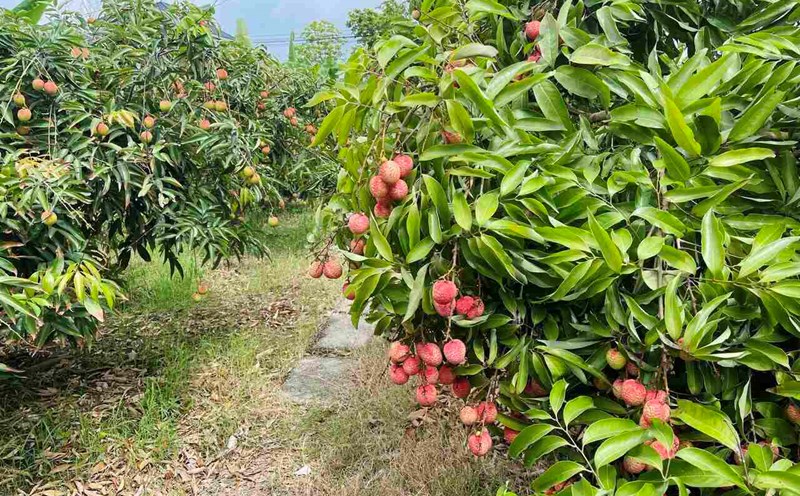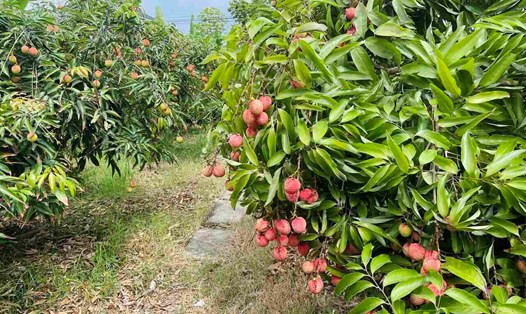Unique rice seed shells made from dried coconuts
When I had the opportunity to return to Ba Chuc (Ba Chuc commune, new An Giang province), I was taken by a friend who was a "landlord" to visit Tam Buu Tu (Tam Buu pagoda).
The pagoda is located at the foot of Tuong mountain, Han is itself Lien Hoa Son - one of the 7 mountains in the That Son range. The ancient pagoda was built by Mr. Ngo Loi (1831-1890), a patriotic scholar and founder of the Four An Hieu Nghia festival (now the Four An Hieu Nghia festival), first built in 1882. This is considered one of the main pagodas of the religion.
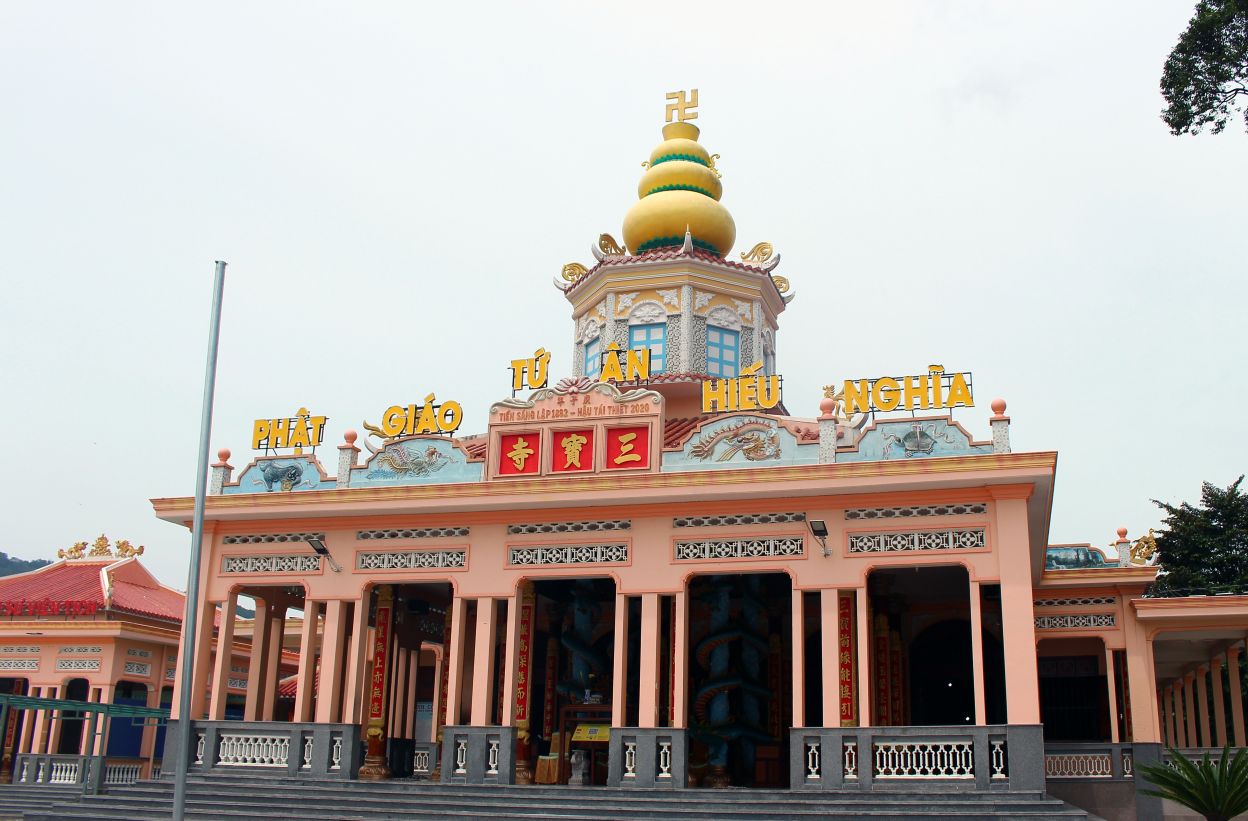
This place preserves many artifacts related to Mr. Ngo Loi, who is called the monk by followers. Each artifact here contains in the heart of an attractive story because of the interweaving of legend and reality, especially full of human philosophy. In particular, inside the glass cage displaying artifacts located close to the wall of the main hall, carefully locked, we found a very unique rice husk. Unique is first of all the shape and size.
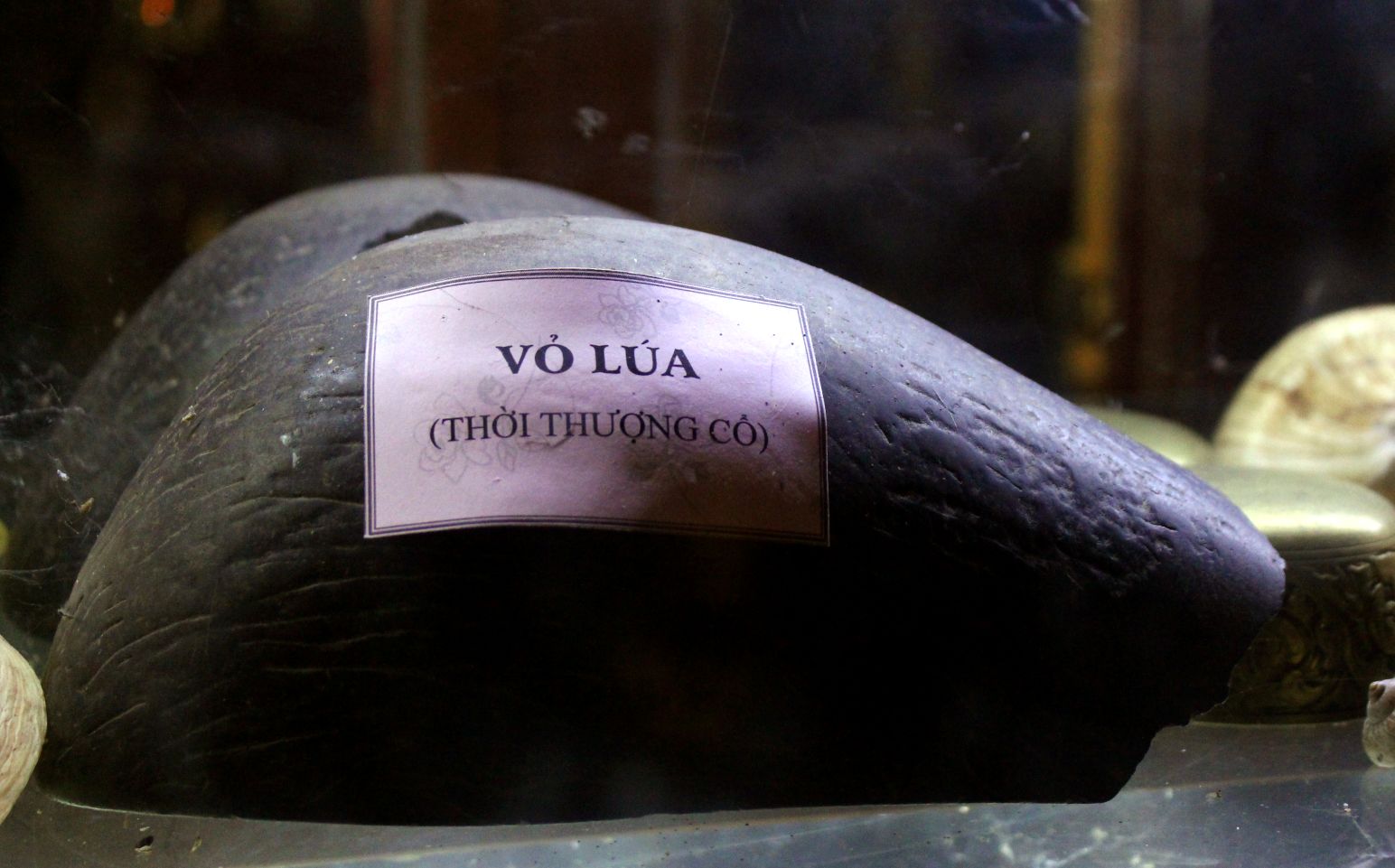
Seen from the outside, the rice husk is oval in shape, as big as a coconut with a length of about more than 3 strokes and a width of nearly 2 strokes. The layer of young, much larger nharrow lumps surrounded the outside, the inside was completely hollow. Especially the material is black with parallel lines like the shells of dried coconuts for a long time. More specifically, the date of the artifact...
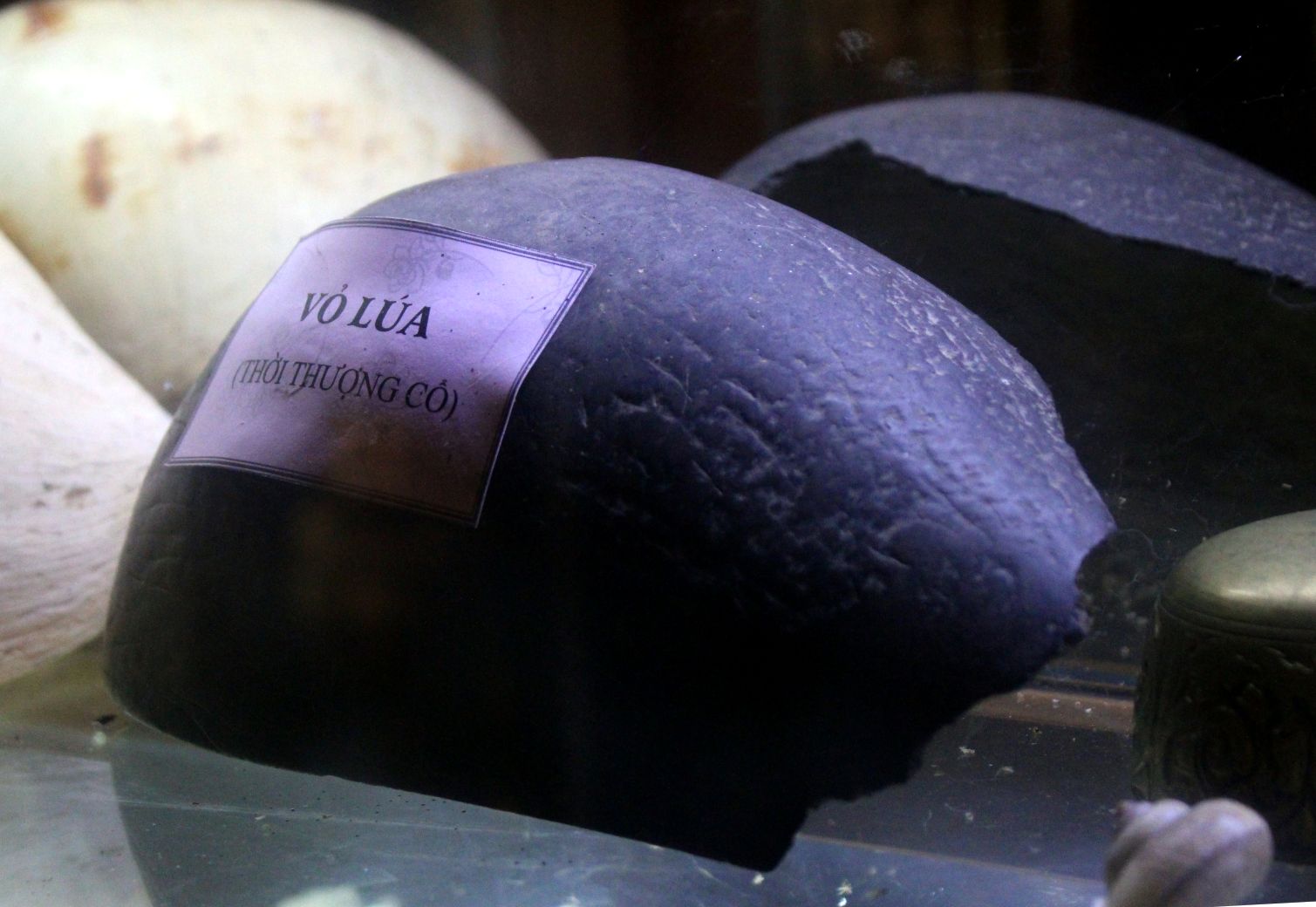
According to the carefully crafted caption, the note is immediately posted above, this is the ancient trendy rice husk. Perhaps because of this line of words, the cabinet is popular with many tourists when visiting the pagoda, taking time to admire...
solo - fake, fake - real
At first, I was a bit hesitant, so I tried to find a solution: Who, where, when... But many villagers here also said that since birth, they have known about the presence of this rice crust. But no one is sure where they come from and who they brought.
According to some documents researching folk culture, the image of this giant rice husk is not only a unique phenomenon in Tam Buu Thu, but is also present at many ancient religious establishments in the Mekong Delta.
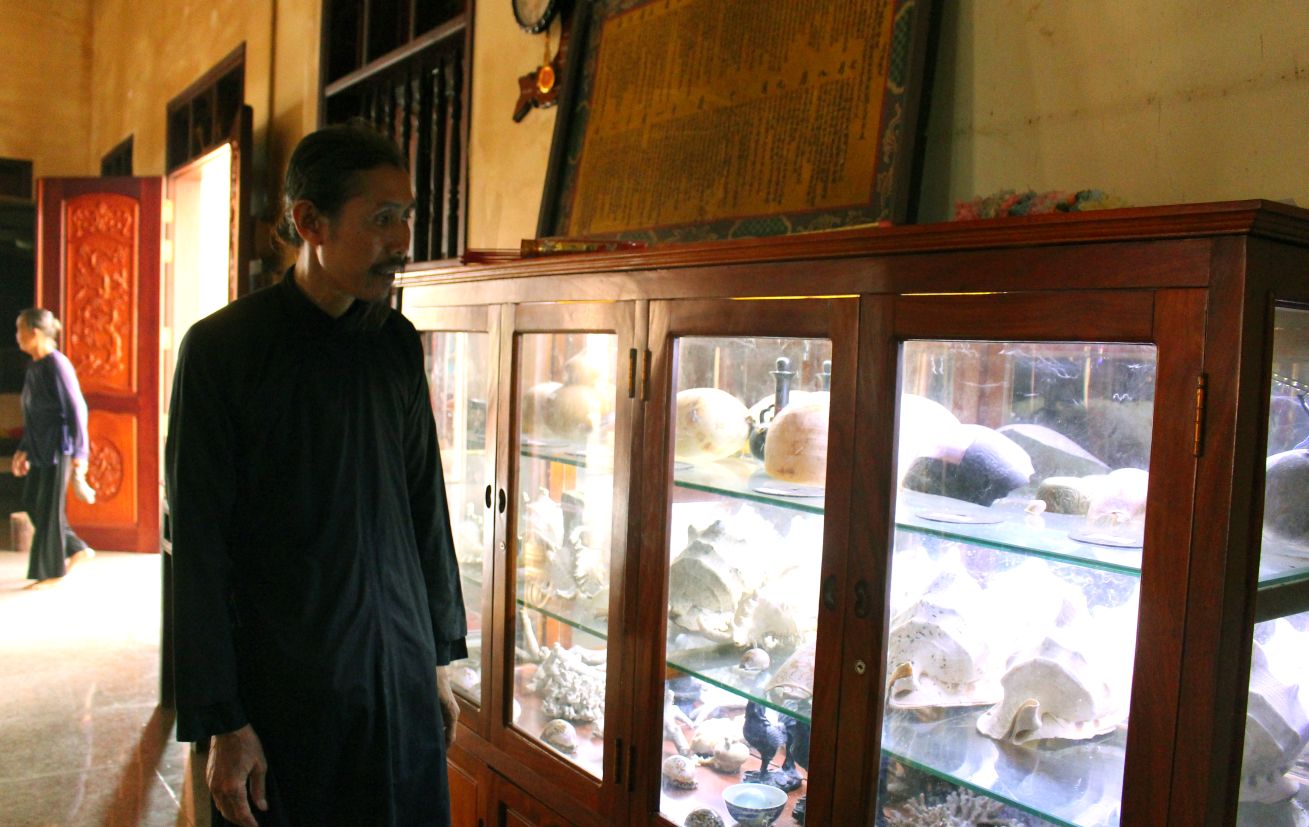
However, over time, some places no longer preserve artifacts, and successors only know through the narration of their predecessors. Maybe this is a " fake" story that if we remove the mysterious shell, we will contemplate many "real" messages that the ancestors conveyed to the posterity. This has been summarized by folk authors in the fairy tale about The Rich Sister.
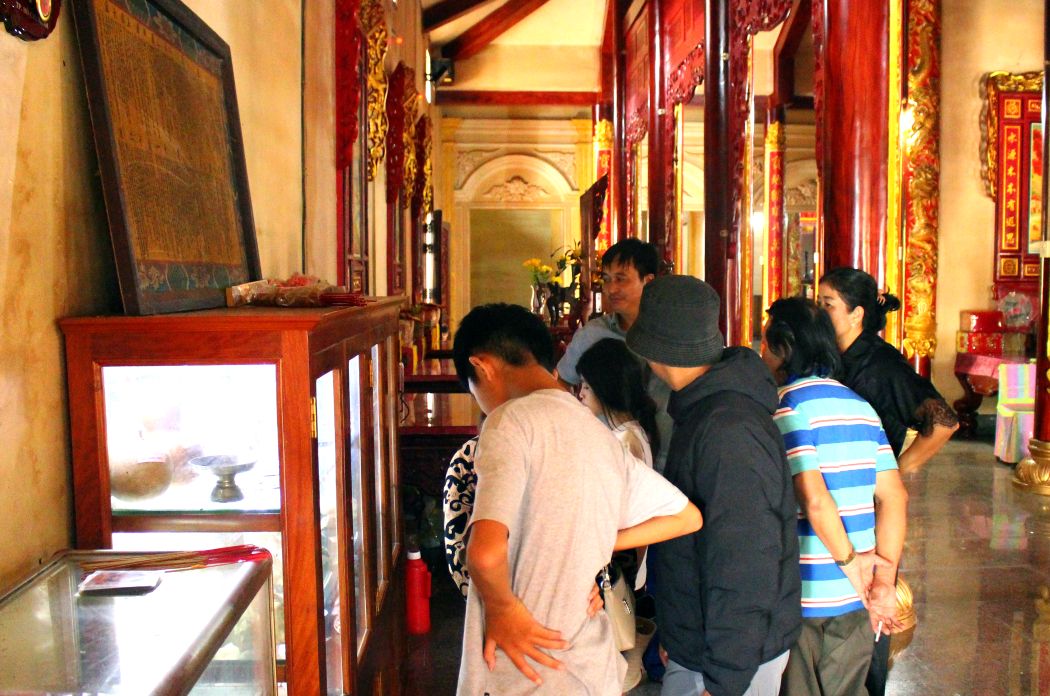
According to ancient records, the Rice God has given very large rice grains to the ceiling to feed people. When cooked, the rice grains roll up to the house and turn into rice. Once, a family was there because they had not yet had time to sweep the yard, so they refused to come in when the wheel came to the gate. Seeing that, the family members get angry, throw brooms... From there, the rice must not roll back on its own, the average person must go to the fields to harvest and take it home.
Through rice grains, progress can send a message to successors to complete their Buddhist study and self-cultivation: In addition to the lesson of harmony with nature, there is also a warning to people about the heart to be wholehearted and grateful for the value of labor.
In addition to the ancient rice husks, visitors to Tam Buu can explore the ancient architecture and belief traditions of the Four An Hieu Nghia Buddhists with the idea of "The Four Great Respect". The pagoda has over 30 altars stretching from the main hall hall to the butterfly column area outside.
The pagoda is also a place to worship Long Dinh - a precious antique designed and crafted by Bon Su Ngo Loi from Cam Dan tree in That Son more than 115 years ago. In addition to Long Dinh, the pagoda currently preserves and displays a number of antiques dating from the 19th century.
On July 10, 1980, Tam Buu Pagoda was recognized as a national historical relic. The pagoda is located in the national historical relic complex including Tam Buu Pagoda - Phi Lai Pagoda - Ba Chuc Tomb House.


